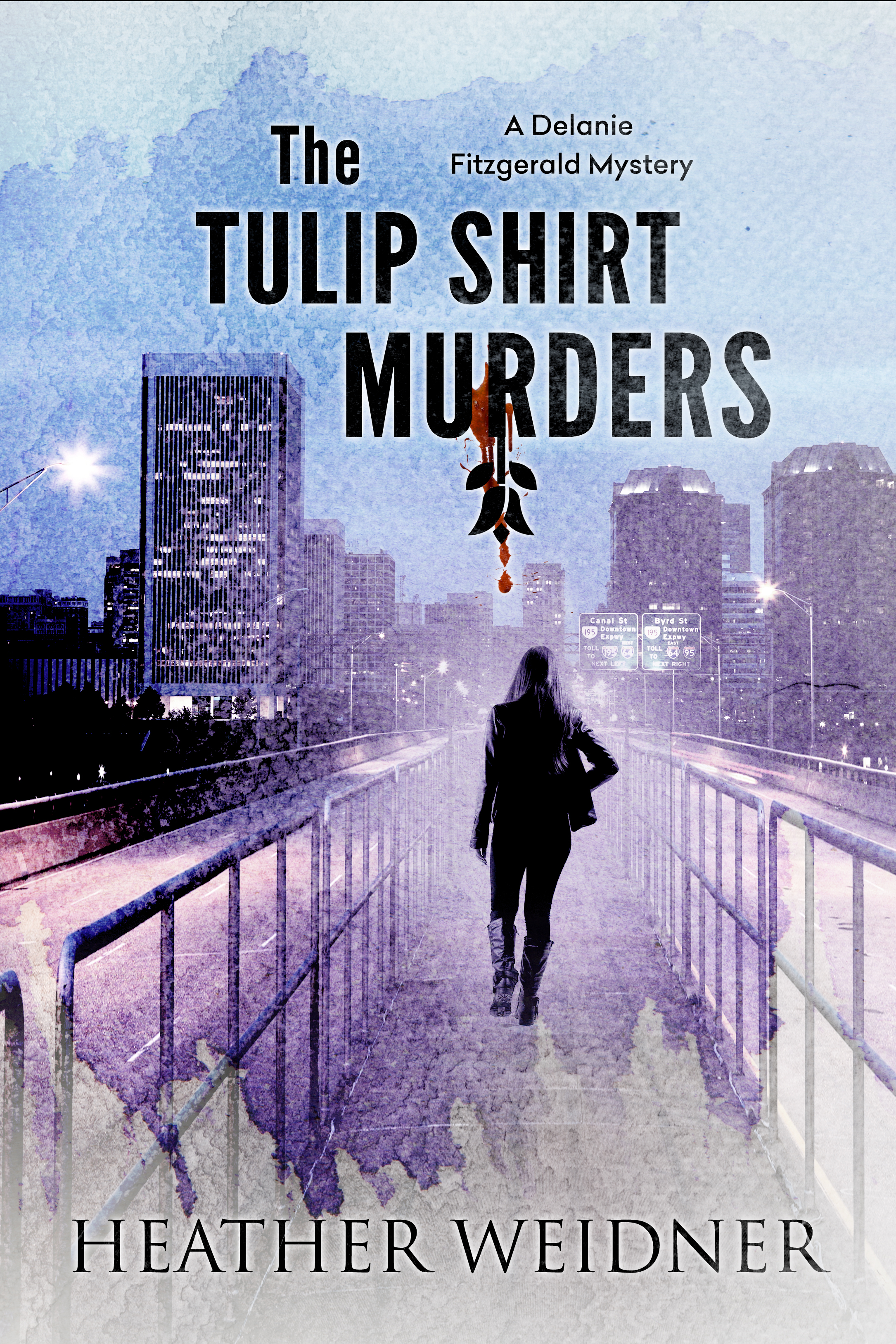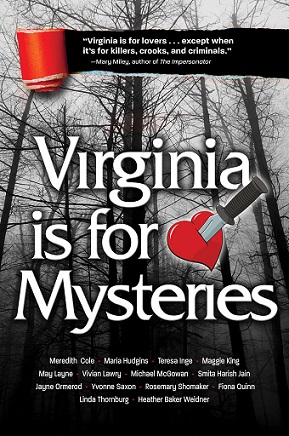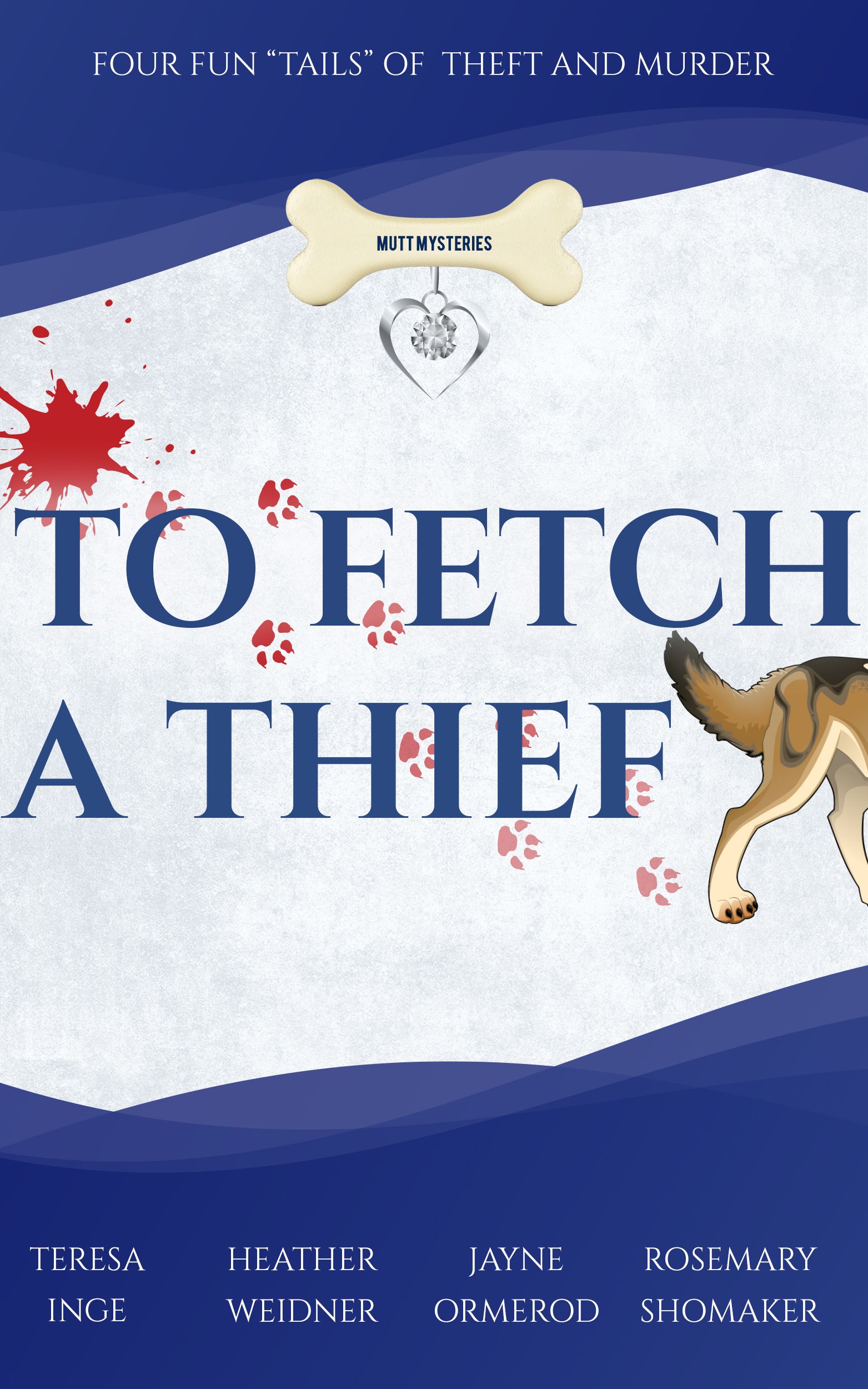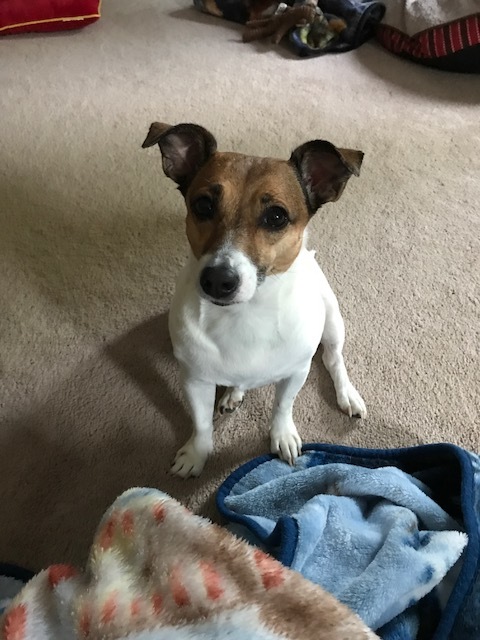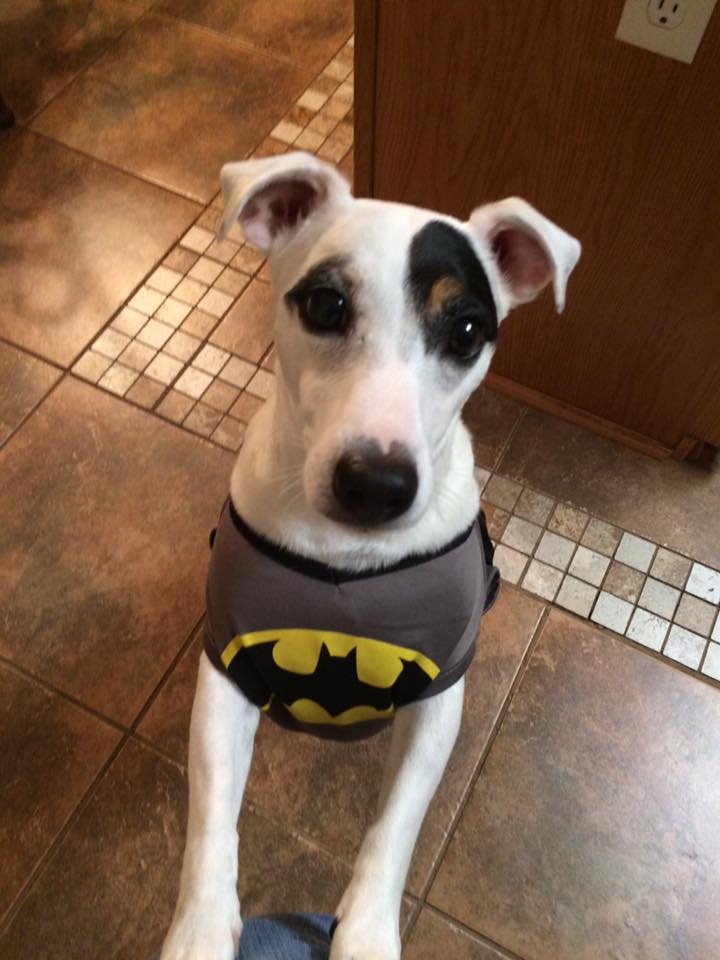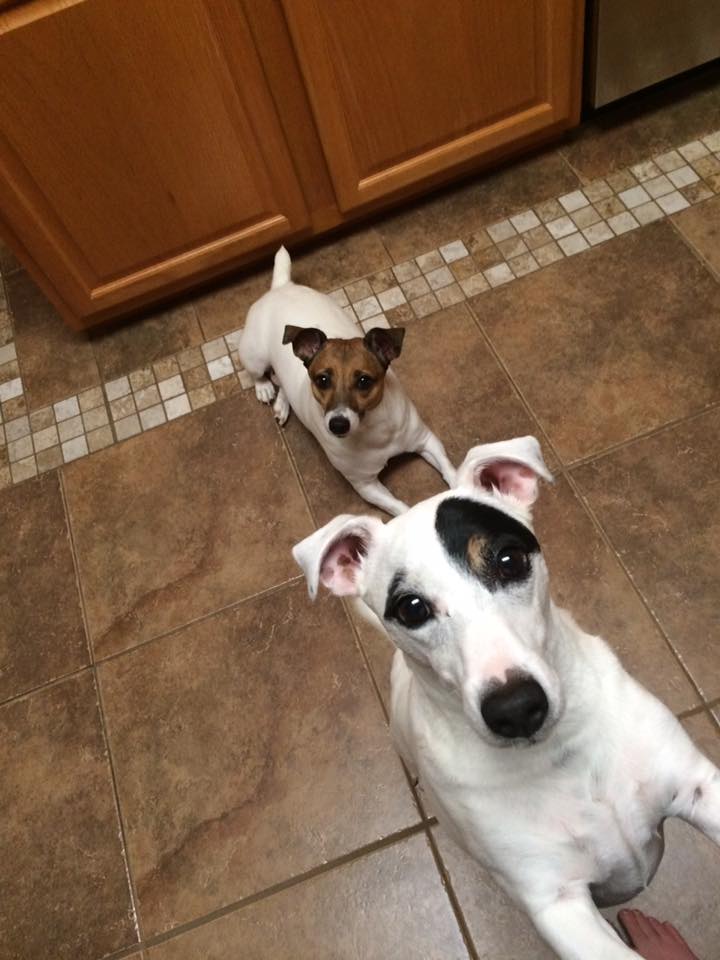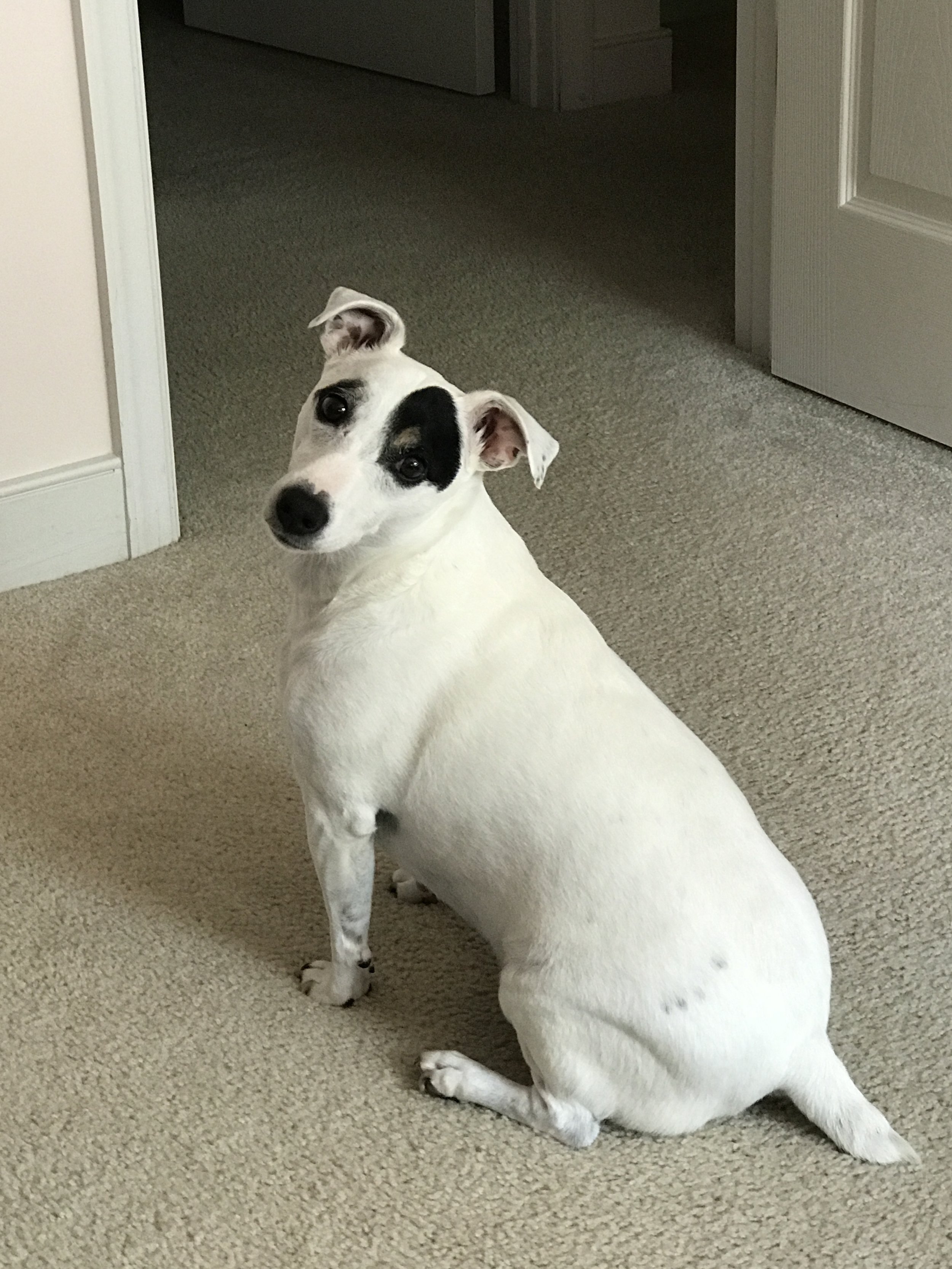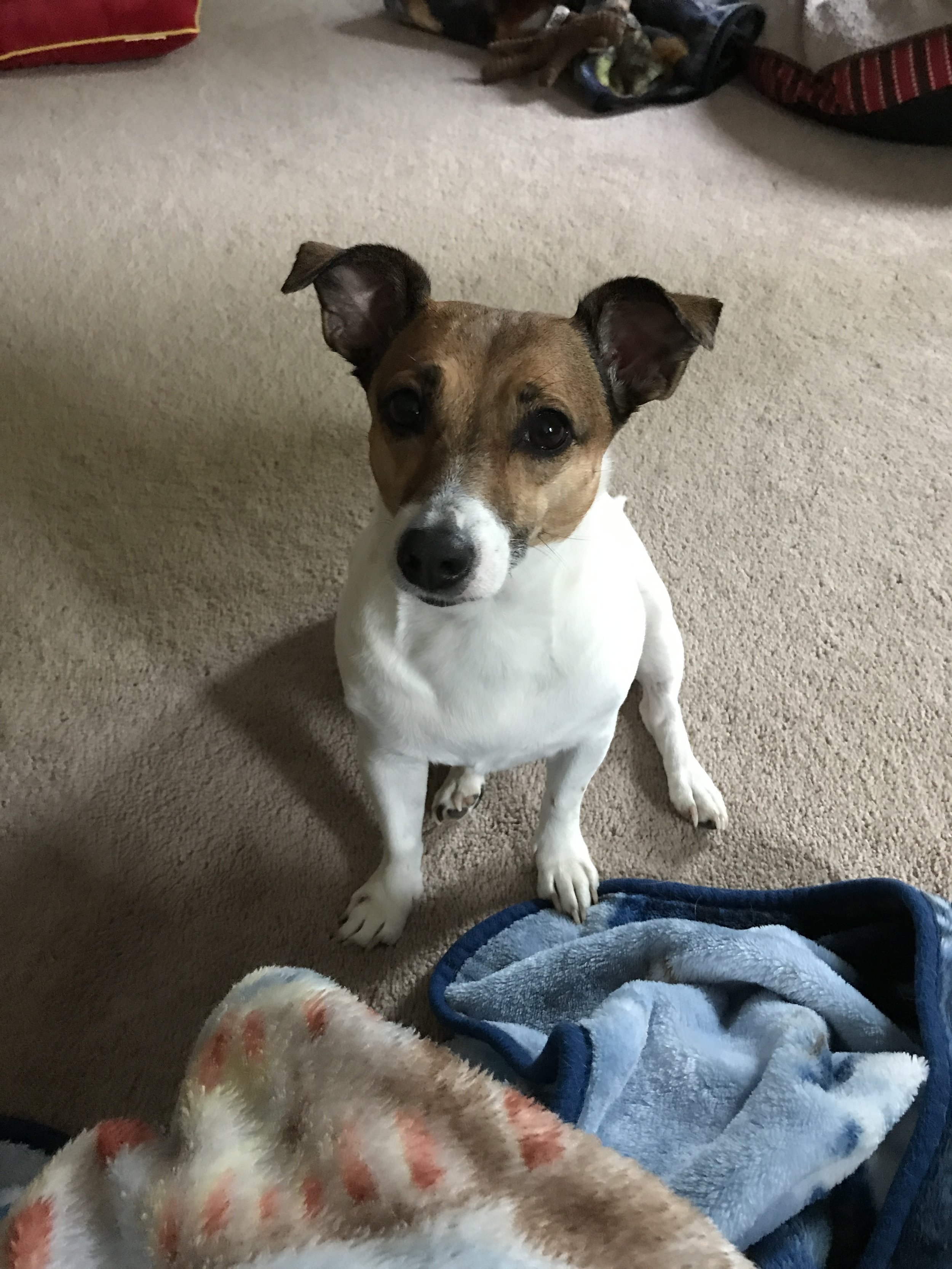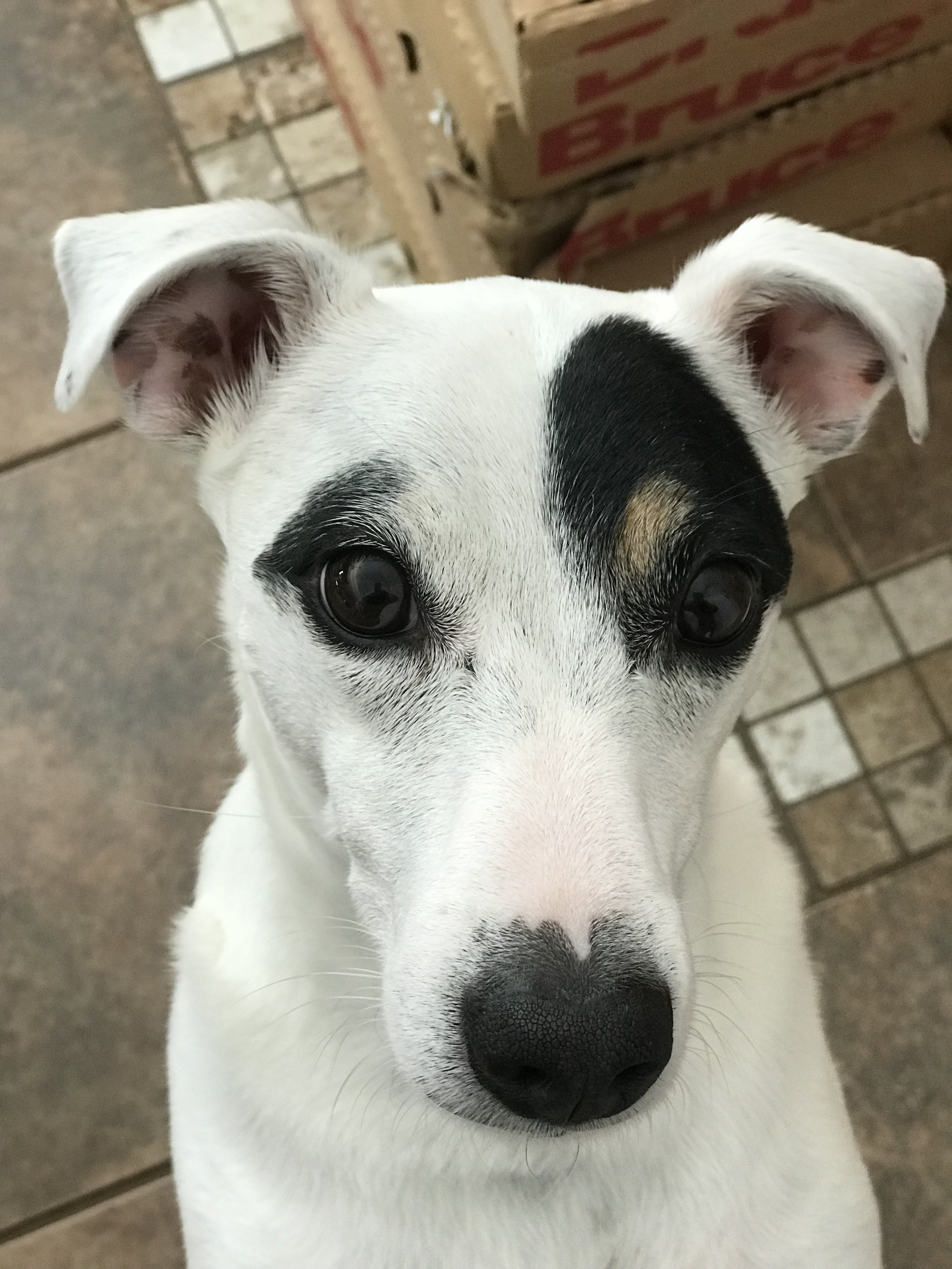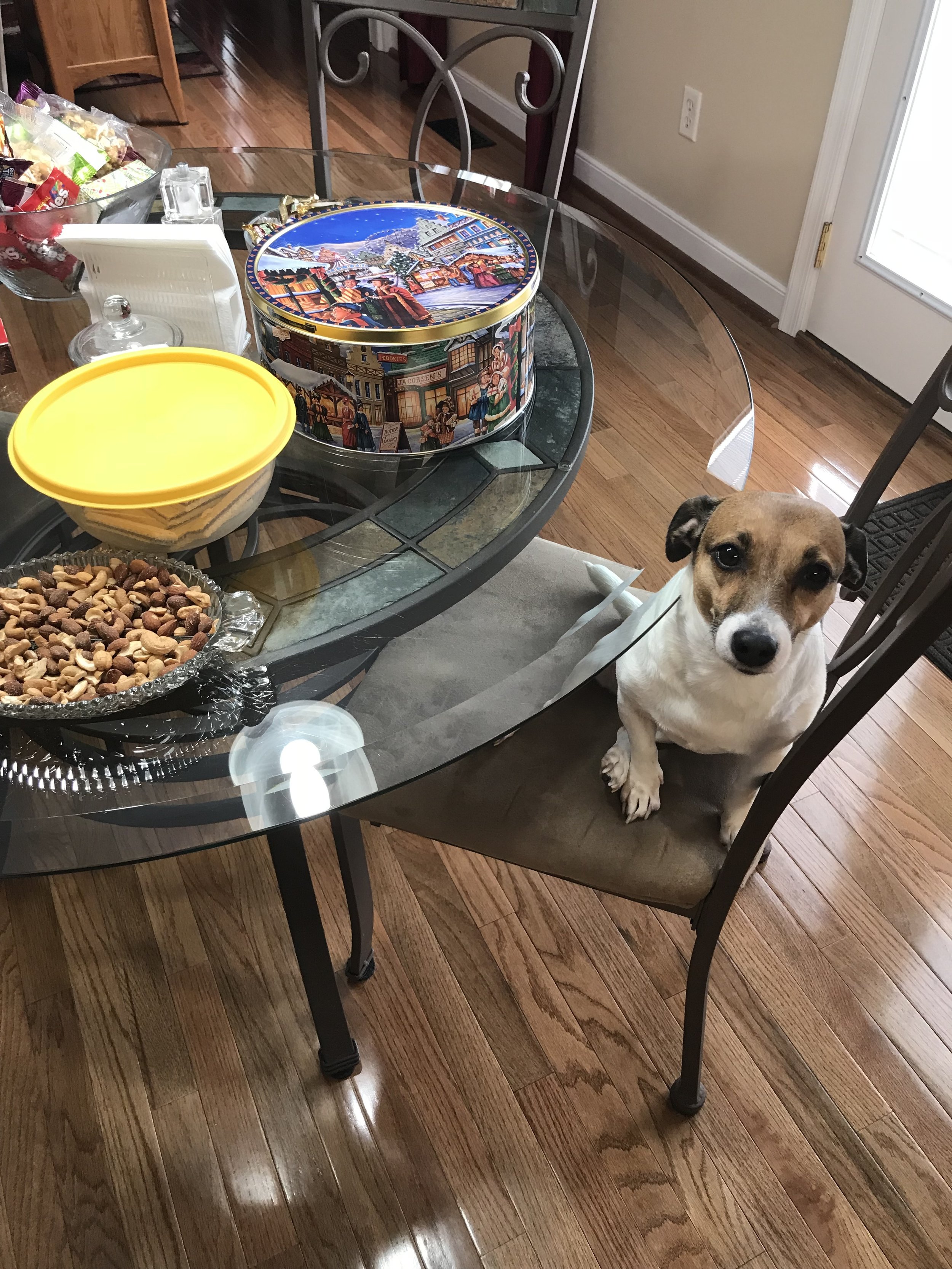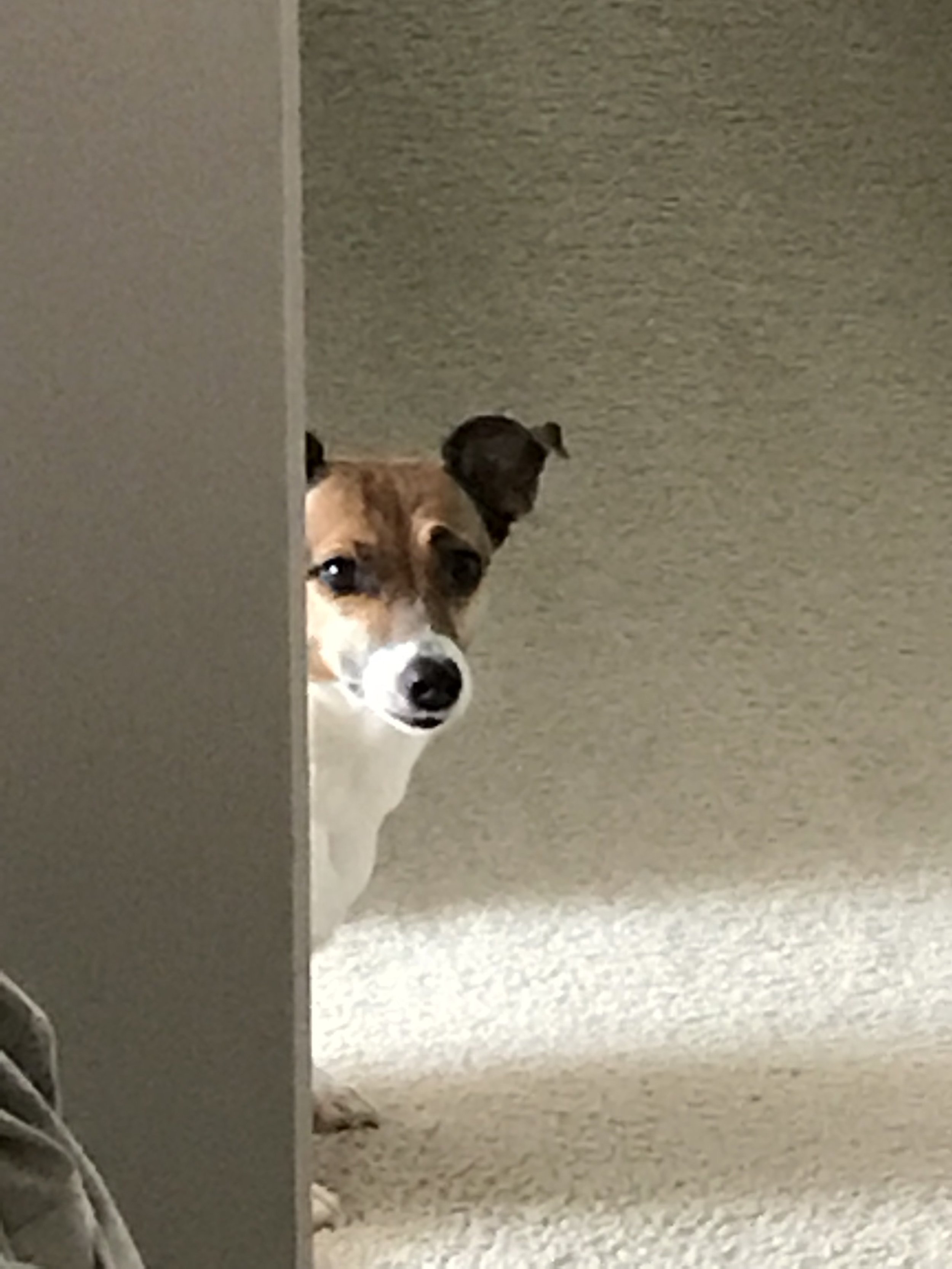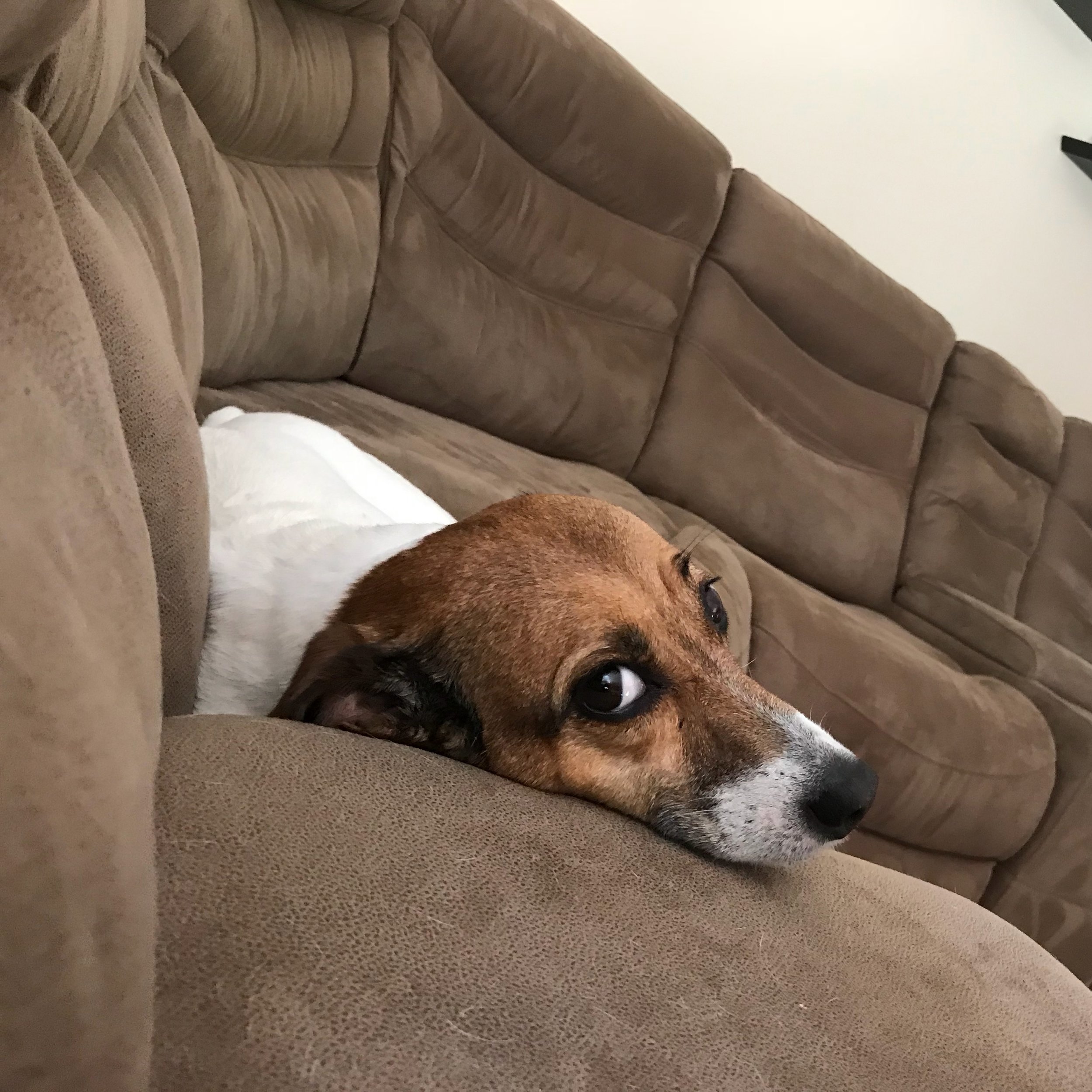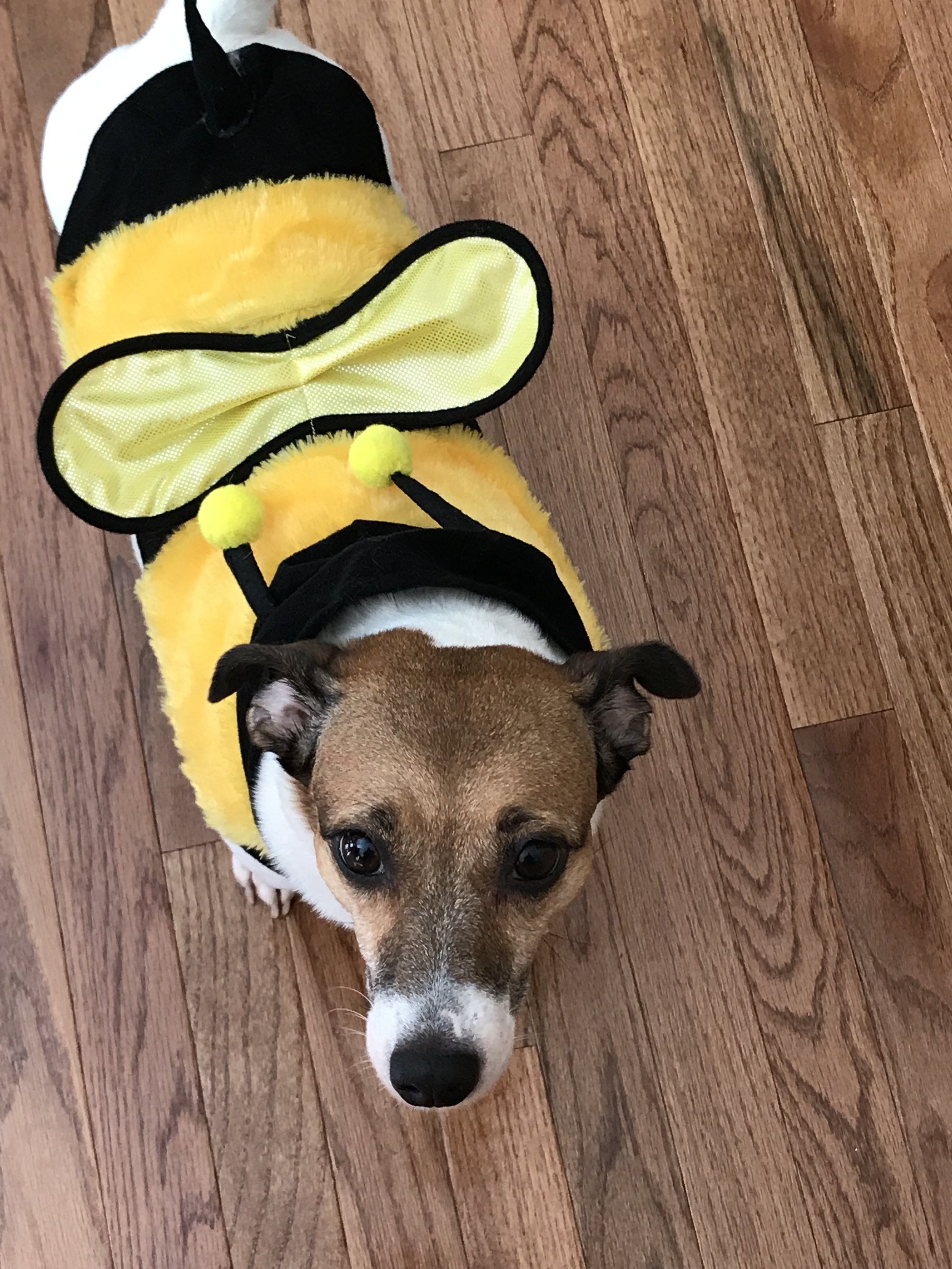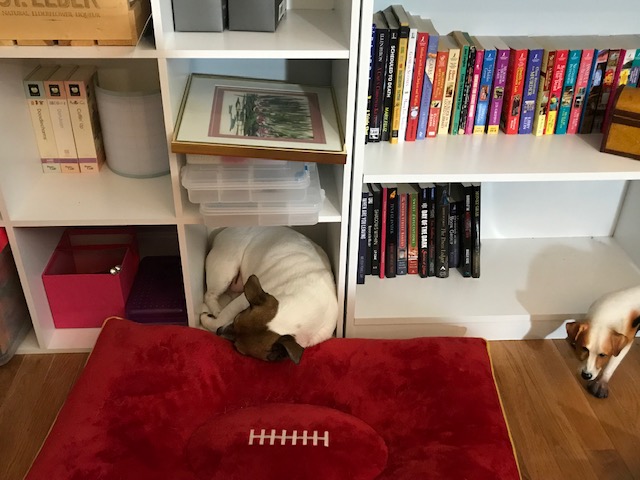11 Things That Drive Readers and Editors Crazy (And Not in a Good Way)
/I’ve been doing a lot of self-editing lately. It’s funny how you can see problems in other peoples’ stories, but they’re not always apparent in your own. I appreciate feedback from editors, beta readers, and critique group members that help me catch some of the boo boos as I polish my WIPs. These pet peeves can be a turn off for readers.
Editors always warn writers about “showing” not “telling.” They’re right. Readers prefer to see and interpret narrative and dialogue and not to get a play-by-play report like a newscast.
Backstory is good and helpful in small doses. Please sprinkle it in throughout the work. Don’t do paragraph after paragraph of data dumps about a character’s past. Too much information!
Sometimes, it’s necessary to have different points of view, and skilled authors do this very well. (Thriller/suspense writers are really good at this.) Typically in mysteries, the story is told from one point of view. When you hop around from different characters, it confuses the reader and breaks the flow of the story. And beginning writers who write in first person (I/me), often switch to another character or show something that happens that the protagonist isn’t privy too. That doesn’t work with first person.
Introduce your characters and mix in what they look like. I’ve found that new writers tend to do a dump of several paragraphs of description every time there is a new character. Your writing reads like a police report or a list of facts when you do this.
Not every piece of dialogue needs a tag or attribute (e.g. “he said,” “she said). One of my editors calls this “talking head syndrome.” If you’ve made it clear in the paragraph who is speaking, you don’t need the tag.
While not every piece of dialogue needs a tag/attribute, make sure that you don’t go for pages and not identify any of the speakers. If there are only two people, the reader assumes that it’s a back and forth, but if you have multiples, you need to give the reader clues. The reader wants to know who is speaking.
Read your dialogue out loud. Delete all the chitchat that doesn’t move your story forward. I know; it’s hard. I’m southern, and I like to say please and thank you a lot. The mundane needs to go.
People do not talk in complete or formal sentences. It’s okay to have phrases and slang in dialogue. That’s the way people communicate. (I had a person in my critique group once who wanted all the sentences to be complete and proper. This doesn’t always work for the speaking parts.)
Writers often want to make sure that the reader understands what’s mentioned in dialogue by adding details about the characters, but sometimes this leads to you stating the obvious. Example: If two sisters were talking, and you bring up another character in dialogue that they both know from childhood, you don’t have to put in all the details to explain who the person is. You can sprinkle in facts in the conversation. The characters should know that Bob is their uncle.
When you are at the editing/revising stage of your project, go back and look at the closing sentence of each chapter. Make sure they are compelling enough to keep the reader reading. Beginning writers like to wrap up things neatly at the end of the chapter. You want your reader to read past her bedtime. Don’t give the reader a convenient place to put a bookmark.
Know what your crutch words are. These are the words and phrases that you use over and over, and often you don’t realize it. I make a list, and then when I’m editing, I go through in search and destroy mode to get rid of them.
What else would you add to my list? What drives you crazy as a reader?







